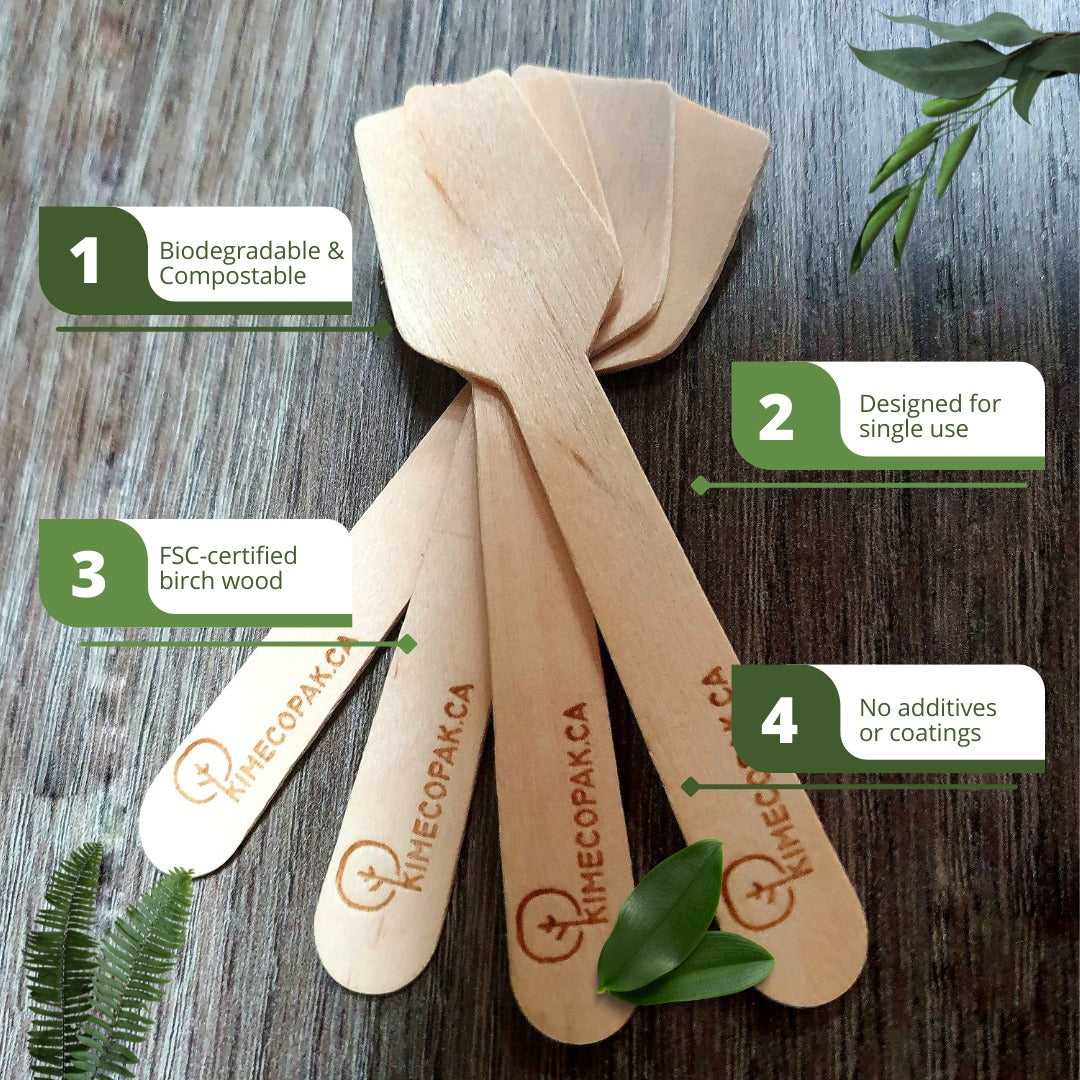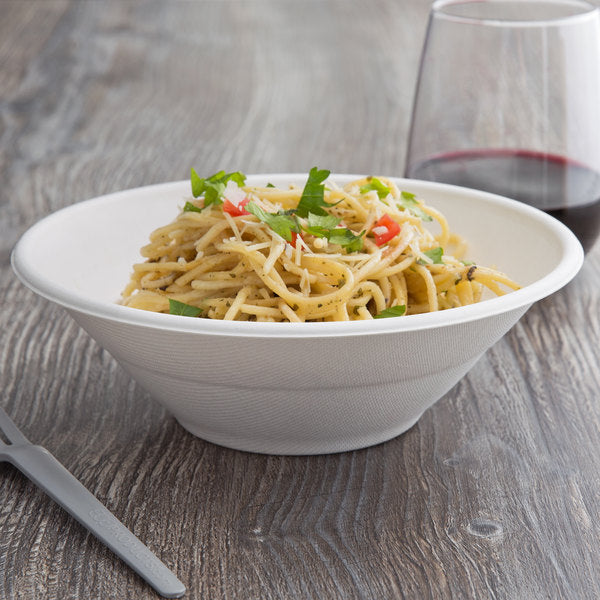Steak, with its rich flavor and wonderful texture, is always an attractive choice in luxurious meals. However, not everyone understands the types of steak cuts - the meat is cut from different parts of the cow. Understanding steak cuts not only helps you choose the perfect piece of meat but also improves your cooking skills. In this article, we will explore in detail the popular types of steak cuts, how to choose, and the optimal cooking method.
What is Steak Cuts?
Steak cuts are cuts of beef from specific parts of the cow's body. Each type of steak cut has its own flavor, tenderness, and characteristics, affecting the culinary experience of the person enjoying it. Understanding steak cuts is extremely important for anyone who loves cooking, from professional chefs to homemakers.

Popular Steak Cuts
Ribeye
Ribeye (also known as ribeye steak or rib steak) is one of the most popular and famous steaks. Cut from the ribs of the cow (from ribs 6 to 12), Ribeye is characterized by alternating marbling of fat, creating richness and flavor. This layer of fat not only enhances the flavor but also keeps the meat tender and juicy when cooked.
Best cooking method: Ribeye is very suitable for grilling or pan-frying at high temperatures, because the fat will melt and create a delicious crispy crust on the outside. You can grill Ribeye over high heat for a few minutes on each side to achieve the desired doneness, then let the meat rest to retain the juiciness.
- Cut: Rib
- Flavor: Buttery with rich beef flavor
- Cooking Methods: Grilling, broiling, pan-searing
- Accompaniments: Grilled vegetables, sauteed mushrooms, and crispy onions.

Filet Mignon
Filet Mignon is cut from the tenderloin, which is the most tender cut of beef. This steak has very little fat, giving it a delicate flavor and a smooth, melt-in-your-mouth texture. Because this cut is low in fat, it often lacks the rich flavor of other steaks, but its tenderness is undeniable.
The name "filet mignon" is derived from French, filet meaning "thick slice" and mignon meaning "dainty" or "delicate." So "filet mignon" name accurately describes the cut, as filet mignon is typically a small, round steak cut into thick slices.
Appropriate cooking method: Filet Mignon is usually cooked at a moderate temperature to retain its tenderness and avoid drying out the meat. A quick pan-searing with a little butter and herbs, then a light grilling is the most common method for preparing Filet Mignon. Don’t forget to let the meat rest after cooking to ensure that the juices don’t run out when you cut into it.
- Cut: Center-cut tenderloin
- Flavor: Delicate beef flavor, slightly sweet, and juicy
- Cooking Methods: Grilling, pan-searing, or sous vide
- Accompaniments: Mushroom sauce, red wine reduction, or a compound butter. ex: Pair it with rich and flavorful espagnole sauce or toppings

Prime Rib
Prime Rib is a large, bone-in cut taken from the rib section of the cow, which extends from the 6th to the 12th rib. It is renowned for its rich marbling, resulting in a flavorful and juicy steak. Prime Rib is typically roasted slowly to achieve a medium-rare or medium doneness. This cut is often associated with special occasions and holiday feasts due to its impressive size and succulent taste.
Cooking method: Prime Rib is usually slow-roasted at low temperatures to retain its juiciness. Before grilling, you can season the meat with salt, pepper, garlic, and herbs. Once grilled, let the meat rest for at least 15-20 minutes before cutting to ensure that the juices do not run out.
- Cut: Primal rib
- Flavor: Rich beefy flavor
- Cooking Methods: Roasting, smoking, or grilling
- Accompaniments: Mashed potatoes, roasted vegetables, and a rich red wine sauce.

Picanha
Picanha (also known as Sirloin Cap or Rump Cap), is a very popular in Brazilian cuisine. It has a thick layer of fat on top, which enhances the flavor and keeps the meat juicy. Picanha has a firm texture and a distinctive flavor, making it a favorite choice for BBQs.
Cooking method: Picanha is usually grilled over charcoal, which creates a crispy crust on the outside and keeps the meat juicy on the inside. You can also grill it in the oven, but make sure the fat is seared first for the best flavor.
- Cut: Rump
- Flavor: Buttery texture and lean beef flavor
- Cooking Methods: Grilling
- Accompaniments: farofa (toasted cassava flour), feijoada (black bean stew), or a simple chimichurri sauce.

Flat Iron
The Flat Iron is cut from the shoulder of the cow, and is a surprisingly tender steak with a rich flavor. Called a "shoulder steak," the Flat Iron has a thin layer of fat on the surface, which helps keep the meat from drying out when cooked.
Cooking method: The Flat Iron can be grilled or pan-fried at high heat for a short time. Since this cut is so tender, you don't need to cook it for too long, just searing each side for a few minutes is enough.
- Cut: Top blade
- Flavor: Deep, rich beef
- Cooking Methods: Grilling, broiling, or pan-searing

Tenderloin
Tenderloin is regarded as one of the most tender cuts of beef. It is located within the loin region and is prized for its tenderness and mild flavor. The absence of excessive fat marbling makes it a lean cut. Tenderloin steaks are often thick and can be cooked using dry-heat methods like grilling or pan-searing. They are commonly served with rich sauces or paired with bacon for added flavor.
Butchers usually divide the tenderloin into 3 main cuts: the butt (butter end or head of the tenderloin), the center cut (filet mignon), and the tail. The butt is often used for roasts or beef Wellington. The tail is the narrowest and smallest portion of the tenderloin, is often used for smaller steak portions, or can be used in dishes that require thin slices of steak, like stir-fries or beef stroganoff.
Cooking method: Tenderloin should be cooked at a moderate temperature to maintain tenderness. A quick pan-frying with butter and herbs, then a light grilling, is a popular cooking method for this cut. For added flavor, you can lightly season it with pepper and salt before cooking.
- Cut: Loin Primal
- Flavor: Varies by the cut
- Cooking Methods: Beef Wellington, roasts, stir-fries, beef stroganoff
Porterhouse
The Porterhouse steak is a substantial cut that combines two highly regarded cuts in one: the tenderloin and the strip. It is distinguished by a T-shaped bone that separates the two sections. The Porterhouse offers the best of both worlds, with the tenderloin side providing tenderness and the strip side offering excellent flavor. This steak is best cooked using dry-heat methods like grilling or broiling, allowing the bone to enhance the flavors during cooking.
- Cut: Rear end of the short loin
- Flavor: The strip side is rich and beefy and the tenderloin portion is lean
- Cooking Methods: Sous vide, grilling, broiling
T-Bone
Similar to the Porterhouse, the T-Bone steak features a T-shaped bone dividing two cuts: the tenderloin and the strip steak. While the T-Bone may have a smaller portion of the tenderloin compared to the Porterhouse, it still offers a combination of tenderness and flavor. T-Bone steaks are often grilled or broiled to achieve optimal results.
- Cut: Short Loin
- Flavor: The strip steak portion offers a robust, beefy flavor, and the filet mignon portion supplies a delicate, beefy flavor
- Cooking Methods: Grilling, broiling, or pan-searing
New York Strip
New York Strip, also known as Striploin or Kansas City Strip, is a loin cut, located between the ribeye and filet mignon. This steak is medium tender and flavorful, especially when there is a thin layer of fat on one side. New York Strips are typically lower in fat than Ribeyes but still retain a rich flavor and firm texture.
Cooking Technique: To cook New York Strips, pan-frying or grilling is the best method. Cooking quickly at high temperatures will help retain the tenderness and flavor of the meat. If you want to achieve the desired doneness without drying out the meat, consider using a meat thermometer to check the internal temperature.
- Cut: Short loin
- Flavor: Bold, intense beef flavor
- Cooking Methods: Grilling, broiling, pan-searing
Bavette
Bavette, also known as Flap Steak, is a cut of meat from the lower belly of the cow, just below the loin. Bavette has a flaky texture, rich flavor, and is often favored in French cuisine. Bavette is not very tender, but when cooked properly, it can be very delicious.
Cooking Method: Bavette should be grilled or pan-fried for a short time at high temperatures. This will help retain the flavor and tenderness of the meat. When finished cooking, cut the meat across the grain to avoid toughness.
- Cut: Bottom sirloin primal
- Flavor: Deep, savory beef flavor
- Cooking Methods: Pan-searing or grilling

How to Choose the Right Steak Cuts
When choosing steak cuts, there are a number of factors to consider, including budget, personal preference, and the type of meal you want to serve. Here are some suggestions for choosing the right steak cuts:
- Budget: If you have a large budget, steaks like Ribeye, Filet Mignon, and Prime Rib are great options. If you want a more economical option that still retains great flavor, Top Sirloin or Bavette will be the right choice.
- Personal preference: If you prefer rich flavor and tenderness, Ribeye and Filet Mignon are ideal choices. If you want a steak with a variety of cuts, T-Bone or Porterhouse will not disappoint.
- Type of meal: For BBQ parties, Picanha or New York Strip are great options. If you are hosting a fancy dinner, consider Filet Mignon or Prime Rib.
- Tips for choosing steak cuts: When buying steak, pay attention to the color of the meat (bright red or light pink), freshness (no strange smell), and marbling (should be even and not too thick). If possible, buy from reputable butchers or high-quality supermarkets to ensure you get the best steak.
Perfect Steak Cooking Technique
Doneness of Meat
The doneness of the steak is an important factor that affects the taste and culinary experience of the diner. The levels of doneness include:
- Rare: The meat is bright red inside, soft and juicy.
- Medium Rare: The middle of the meat is pink, the outside is golden brown.
- Medium: The meat is cooked evenly, but still retains its juiciness.
- Well-Done: The meat is thoroughly cooked, no longer pink inside.
To achieve the desired doneness, you can use a food thermometer to check the internal temperature of the steak:
- Rare: 50-52°C
- Medium Rare: 55-57°C
- Medium: 60-63°C
- Well-Done: 71°C or higher
Steak Cooking Method
- Grilling: Grilling on charcoal or a grill is the best way to create a characteristic smoky flavor. The high temperature from the charcoal will help create a crispy crust, while the inside remains soft and juicy.
- Searing: Searing is a quick and easy method that retains the tenderness of the meat and creates a crispy crust on the outside. For best results, use a cast iron skillet and add a little butter, garlic, and herbs when searing.
- Sous-vide: Sous-vide is a slow cooking method at low temperatures, ensuring the steak is cooked evenly from the inside out without drying out. After cooking sous-vide, quickly sear the steak in a hot pan to create a crispy crust.
The Secret To Cooking A Delicious Steak
For the perfect steak, season the steak with salt and pepper at least 30 minutes before cooking. After cooking, let the steak rest for 5-10 minutes so the juices don't run out when you cut it. When cutting the steak, cut across the grain to retain the tenderness and juices on the inside.
Perfect Side Dishes for Steak
Steak is often served with dishes such as fried potatoes, grilled vegetables, or fresh salad. Special sauces such as black pepper sauce, wine sauce, or garlic butter sauce are also great options to enhance the flavor. When pairing with wine, choose a red wine such as Cabernet Sauvignon or Merlot to balance the rich flavor of the steak.
Common Mistakes When Cooking Steak and How to Fix Them
- Overcooking: Many people tend to overcook steak, losing the natural tenderness and flavor of the meat. To avoid this, use a food thermometer to check the doneness or cook the steak for a shorter time.
- Don't let the meat rest: After cooking, let the meat rest for at least 5-10 minutes so that the juices inside don't run out when you cut it. This helps the steak retain its juiciness and flavor.
- Using the wrong temperature: Too high or too low a temperature can affect the quality of the steak. Adjust the temperature to suit each type of steak and the cooking method you choose.

The Importance of Knowing Steak Cuts in Cooking
Understanding steak cuts not only helps you cook better but also enhances your culinary experience. For professional chefs, knowledge of steak cuts is an important factor in creating perfect dishes. For those who cook at home, understanding steak cuts helps you be more confident when choosing and preparing steak, bringing delicious and memorable meals to family and friends.
FAQ about Steak Cuts
Which Steak Cut Is The Best?
This depends on personal preference, but Ribeye and Filet Mignon are two of the most popular steaks with great tenderness and flavor.
How To Know When A Steak Is Done?
Use a food thermometer to check the internal temperature or test for doneness by gently pressing on the meat to feel for tenderness.
How Long Can You Marinate Steak?
Steaks can be marinated from 30 minutes to 24 hours in advance, depending on the seasoning and cooking method you choose.
Conclusion
Understanding the different types of steak cuts is the key to preparing delicious and authentic steaks. Whether you are a professional chef or a home cook, understanding the knowledge of steak cuts will help you create impressive dishes and bring about memorable culinary experiences. Try different types of steak and discover the ultimate taste of cuisine!
Related Articles







